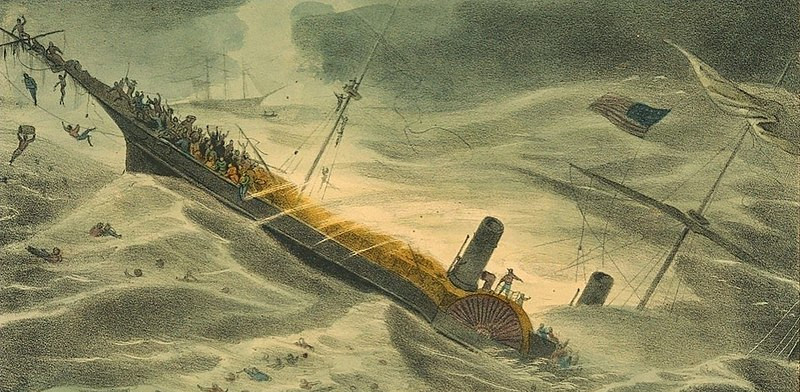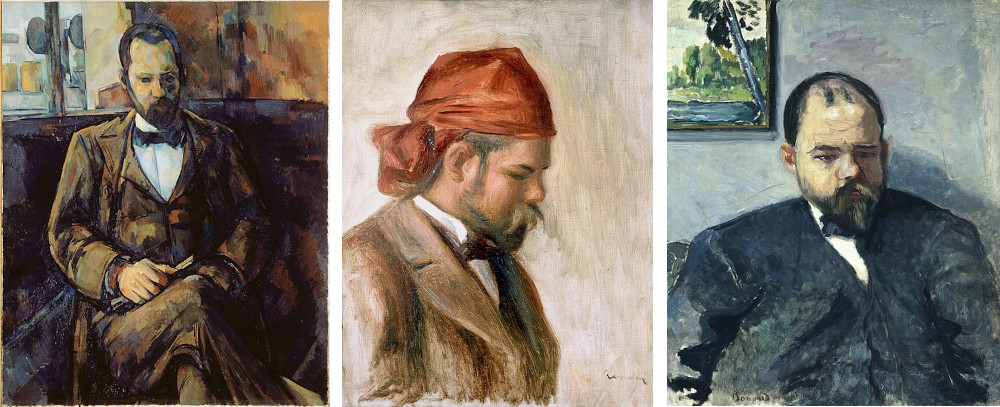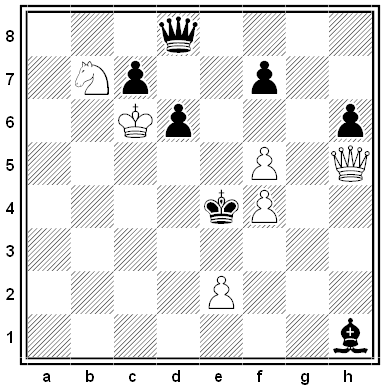
When Japanese authorities sought to honor Tokyo’s oldest man in 2010, they were rebuffed repeatedly by his family. When police finally broke into the house, they found Sogen Kato’s mummified corpse in a first-floor bedroom (1), together with a newspaper from 1978 (2) and a rotary telephone (3). An official said, “His family must have known he has been dead all these years and acted as if nothing happened. It’s so eerie.”
Kato’s granddaughter told a friend, “My grandfather shut himself in a room on the first floor of our home 32 years ago, and we couldn’t open the door from the outside. My mother said, ‘Leave him in there,’ and he was left as he was. I think he’s dead.”
Another granddaughter was eventually convicted of fraud for accepting the dead man’s pension payments. “The defendant committed a malicious crime with the selfish motive of securing revenue for her family,” the judge said in suspending the 2.5-year sentence. “However, she has paid back the pension benefits and expressed remorse for the crime.”




